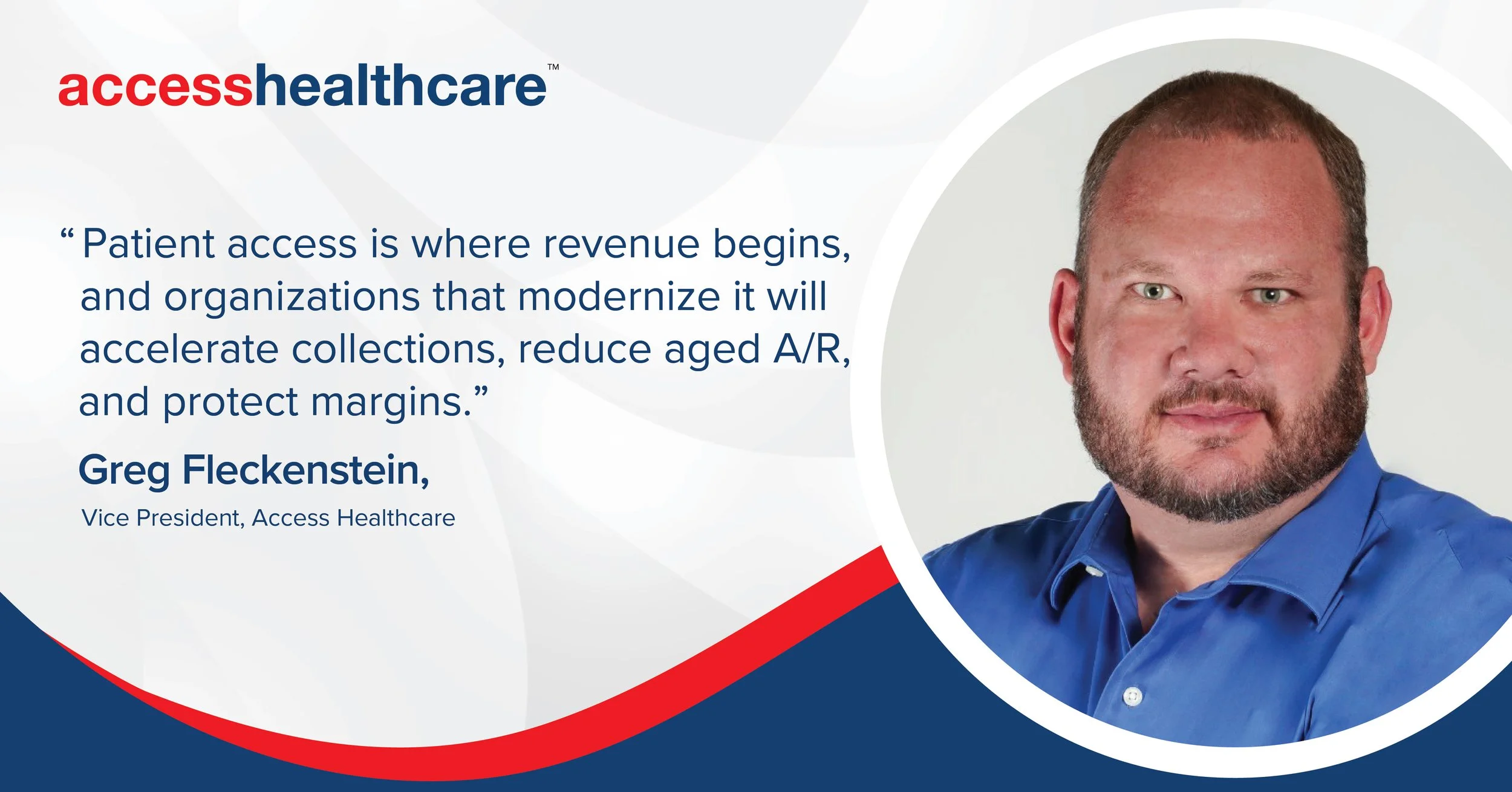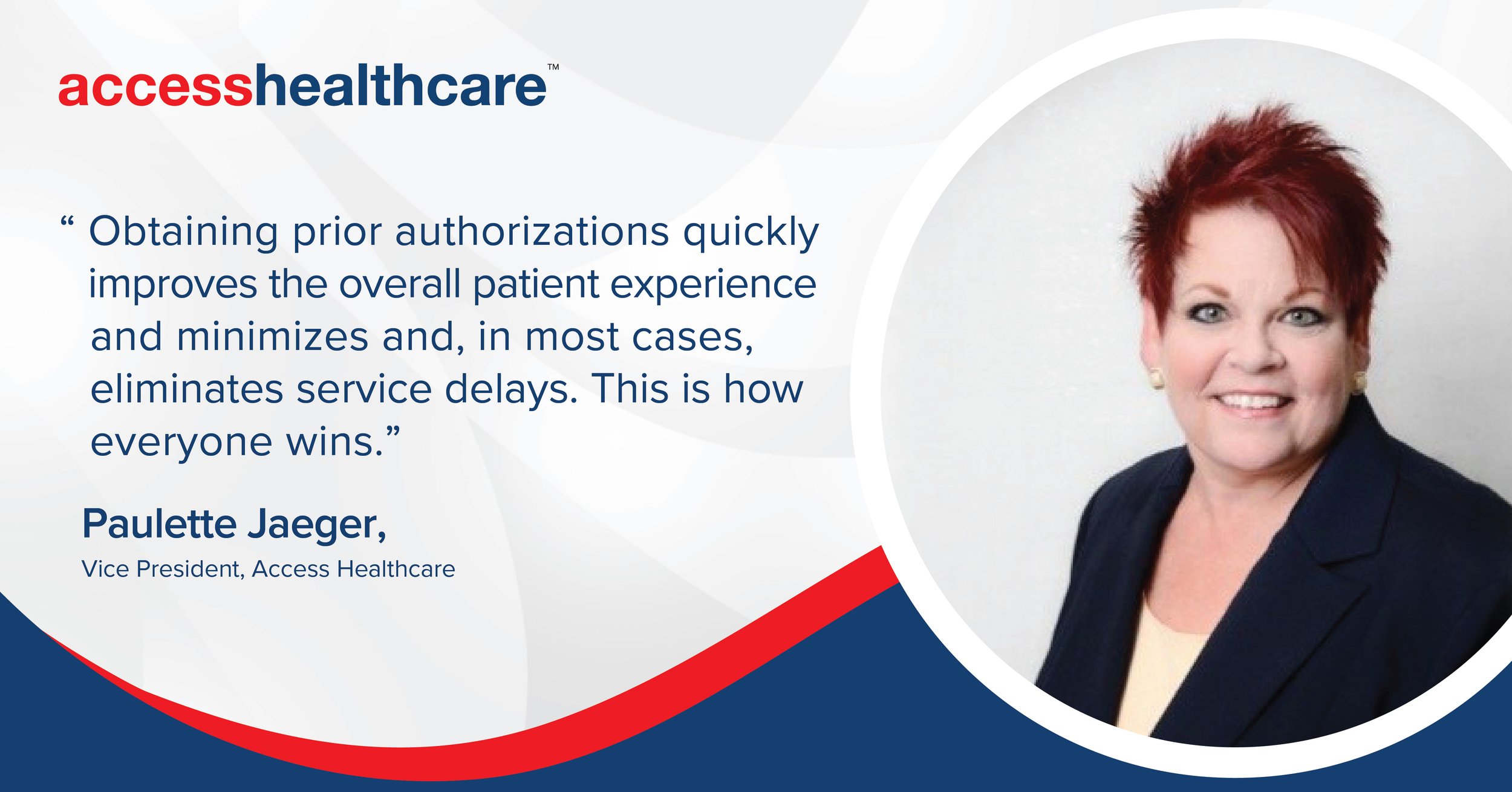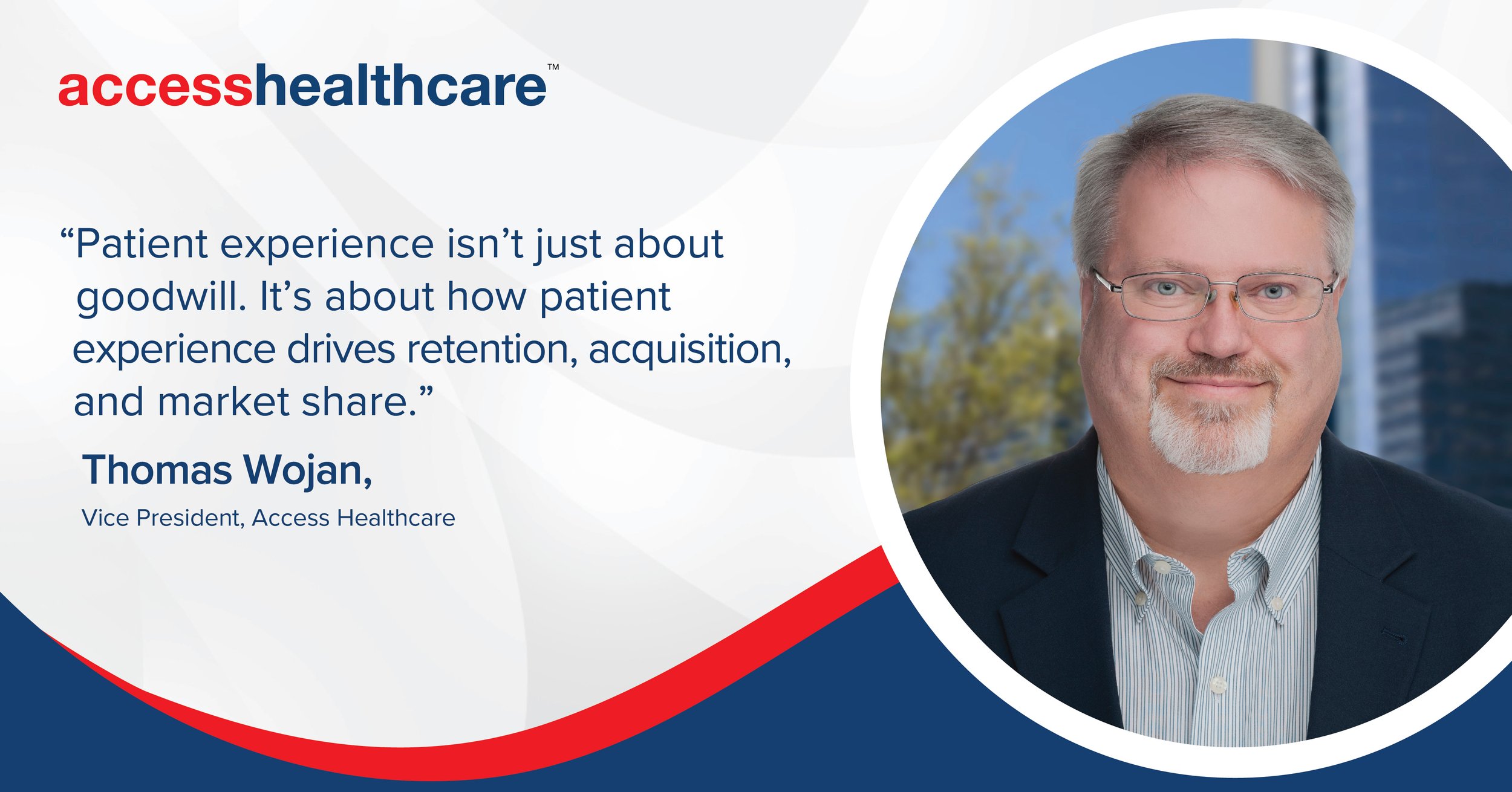As AI reshapes the future of healthcare, we pause to celebrate the nearly 30,000 people who make that future possible
Every November, we take time to reflect on what matters most. For Access Healthcare, that begins and ends with our people.
We’re grateful for our team members who bring skills, compassion, and creativity to healthcare’s most complex challenges. Behind every automated workflow, every AI-assisted decision, and every improved outcome is someone whose intelligence makes technology meaningful.
AI and automation don't replace human expertise; they amplify it. They give healthcare professionals more time to think, more freedom to care, and more ways to make a difference.
As part of the Smarter Technologies family, we continue to believe that human insight is the smartest technology of all.
To our employees, clients, and partners—thank you for everything you do to make healthcare better, every day.
About Access Healthcare
Access Healthcare stands as one of India's largest and fastest-growing providers of healthcare business processes and technology solutions. Our team of over 30,000+ professionals operates from 20 service delivery centers across three countries, emphasizing global delivery, workflow optimization, and our award-winning AI-enabled technology platform.
Since 2011, Access Healthcare has been a trusted partner to the US healthcare sector, leveraging domain expertise, technology, automation, and analytics to enhance clinical outcomes, financial performance, and operations for healthcare providers and payers.
Let’s build something stronger together.
Contact us to explore how our holistic approach to revenue integrity—powered by automation, analytics, and human insight—can support your goals.





















